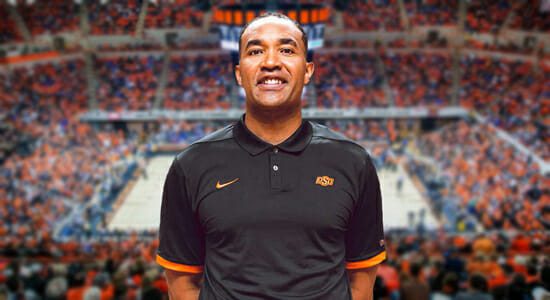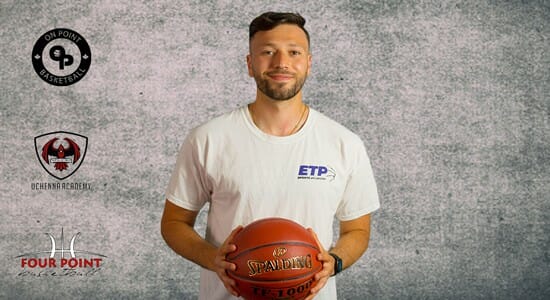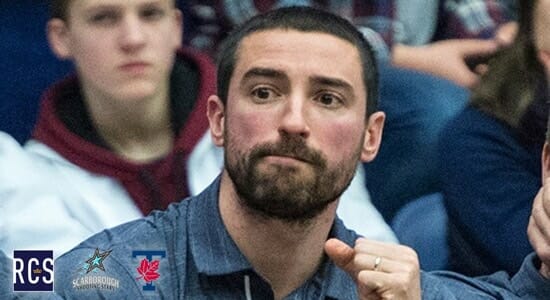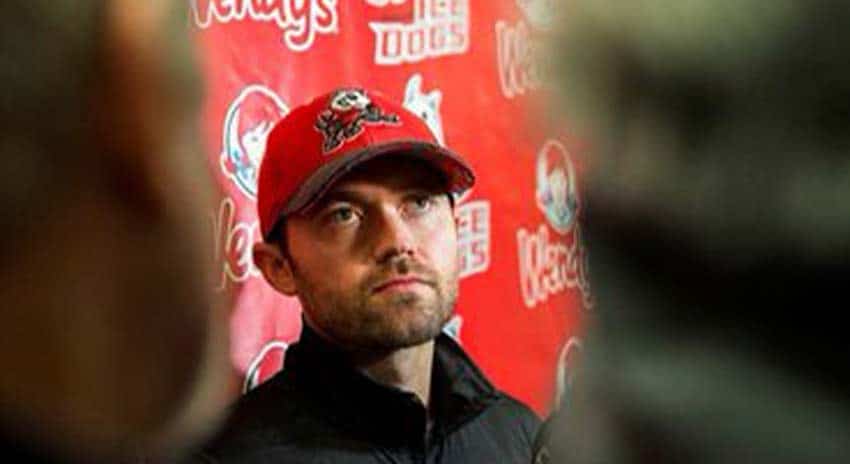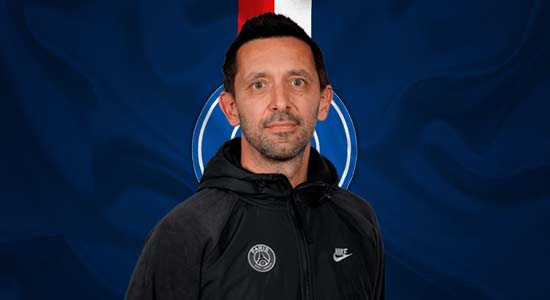
Paris-Saint Germain’s Cristiano Eirale Shares The Importance Of Injury Prevention And Mental Training
Cristiano Eirale | Medical Coordinator | Paris-Saint Germain



Soccer has become much more intense; the speed has increased, so some research shows a concomitant trend of increasing football injuries.
Cristiano Eirale
Medical Coordinator
Paris-Saint Germain
Tell us about your role as Medical Coordinator at Paris Saint-Germain Football Club. What does a typical day look like for you?
In my role, I coordinate all medical and performance activities for our club.
We have to consider that Paris Saint-Germain is not only male football, but also female football, we have an academy, and handball and judo.
My week depends on the schedule of the different teams. I have activities that are clinical but also administrative and managerial.
This makes my job interesting as we have various challenges, and personally, I have many different activities.


As someone who has studied sports medicine and worked with many pro football teams since 2004, you've obviously dealt with a vast amount of injuries. What trends have you noticed about football injuries throughout your career, and how have you taken this knowledge and applied it to the way you structure your medical programs?
In the last 20 years, in my opinion, we didn’t see a significant improvement in the treatment of football injuries.
The return to play time is still based on progressions and strategies that we were utilizing 20 years ago.
Of course, they are much more affianced and probably also effective in reducing further injuries. But I think that the return to play time is relatively stable.
What has changed in the past 20 years is really the dynamic of the game.
Soccer has become much more intense; the speed has increased, so some research shows a concomitant trend of increasing football injuries. This is also probably due to the game calendar continuing to grow.
I think that the big challenge for a sport physician over the past 30 years is to keep the incidents of injuries low. This is the most challenging.
The tool we have to use is prevention.
A lot of our focus should be on that. And I think one of the most important tools of prevention is training.
So, to couple with the more intense and more rapid game, we have to train differently. We have to manage the load of training and the composition of training.
As a sport physician, I like to see the training. Not only as a tool to increase performance but also, if not especially, as a way to prevent injuries.


Getting injured as an athlete can be extremely emotional, as not being able to play at the same level as before, or even at all, is a worry. How much of your job is not necessarily physical but also caring for your athletes mentally and providing support?
I think this is a very important question.
I was an athlete myself, and I injured my ACL. It became a career-ending injury.
There was physical suffering, but mentally, the pain was higher.
I think that so far, we are underestimating the mental approach to injuries. But not more than we underestimate the mental approach to performance in football.
If you ask 20 athletes, “do you think that your physical, the body, or the head is more important to win?” They will probably respond “both,” and someone will even tell you the head… your mental.
So, the next question should be, “how many hours a week are you training your head?”
The same is for injuries. “How many hours are you dedicating to your mental in the rehabilitation of the football injury?”


You have published many articles on football injuries, including how hamstring injuries are increasing in men's professional football and injury patterns in goalkeepers compared to other players. Tell us a little bit about this aspect of your career. What has been the most interesting research for you?
Yes, at some point, as a clinician, I decided to go into research.
As I was saying before, one of the most critical challenges of football is preventing injuries.
So, I wanted to rely on numbers, not only personal experience. I think that numbers help promote initiative with your coach or manager.
I decided to do a PDH and several research articles on football injuries.
I think that the most important thing that I discovered, a number are important, is that many times we are not able to read the findings.
The interpretation of the epidemiological result is as much important as the research itself.
If we have perfect research, following all of the rules of epidemiology, and using the appropriate statistical tools, but we cannot interpret the results, especially with a clinician’s view, with experience in the field, then the research is useless.
I think that’s why along with clinicians, with that field expertise, there should also be scientists, and they should go on the field to look at the situation as well.


You started your career as first team doctor for Internazionale Milano, moved to the Qatar Football Association, then Aspetar and now work for Paris Saint Germain FC. What have been some of your career defining moments over the years?
I was lucky to start my career early in professional football with Inter Milan in 2004. So, I had to approach trauma right away; I was immediately in the highest level of football.
But I think that one of the most important things for my career was to move to Qatar. In Qatar, I was the medical director for a few years.
My experience with Aspetar was also very important for my career. Aspetar is a sport medicine hospital, so it’s not a football team.
This helped complete my professional experience.
Being a team physician is a fantastic job, extremely rewarding. But I also think from a professional point of view; it can be limited.
On average, we know that a professional football team can have 60-70 injuries per year.
So, if your experience is limited to your team, you understand that you’ll get very limited clinical experience. I think that seeing patients and gaining experience is vital for a clinician.
Working in a hospital made me much more complete in my profession.
Moreover, I was in Aspetar since the opening day. I was actually the first doctor working there.
I had the chance to see one of the world’s biggest sport medicine hospitals grow. They now have people of over 65 nationalities working there. Sharing experiences with colleagues all over the world was very important.
There was then the opportunity with Paris Saint-Germain.
As I said before, my role here is not limited to the activities of a team physician. We are working on a fantastic project of a new training centre with a very important part dedicated to medical and performance.
This is another step, another challenge, and it’s so very motivating.


What is your advice for athletes who want to stay fit and healthy while at home during the pandemic?
We published a couple of articles at the beginning of the pandemic with recommendations for athletes who were home confined from a medical point of view and also a personal point of view.
We didn’t know much about COVID at the time, but now we know better.
The rule was to do exercise but not at your full level. That could be dangerous for the athlete.
I would say today things have changed in Europe. We are now competing regularly. But I understand that around the world, the problem is still present.
My advice and I also invite you to read the articles, is not to reach the maximum activity level, practice aerobic exercises, and carefully listen to your body and immediately consult your doctor if you’re feeling symptoms of COVID.
Pay max attention to your body right now.
And hopefully, we’re almost at the end of this.


Cristiano Eirale, Medical Coordinator for Paris Saint-Germain, has an abundance of experience that has led him to where he is today. He started off his career with Inter Milan which meant he was working at the highest level of football right away. After spending time in Qatar, he moved to a sport medicine hospital that gave him more range than he ever had before. His time at Aspetar gave him experience outside of football and also introduced I’m to other sport doctors from around the world. His research on football injuries and his emphasis on the need for the findings to be readable for others outside of doctors is amazing. I really enjoyed hearing him speak on the importance of the mental training an athlete must do while facing an injury, as I feel like it’s an underappreciated topic. Cristiano is clearly very passionate about not only football but injury prevention and the success of his athletes.
The Latest




